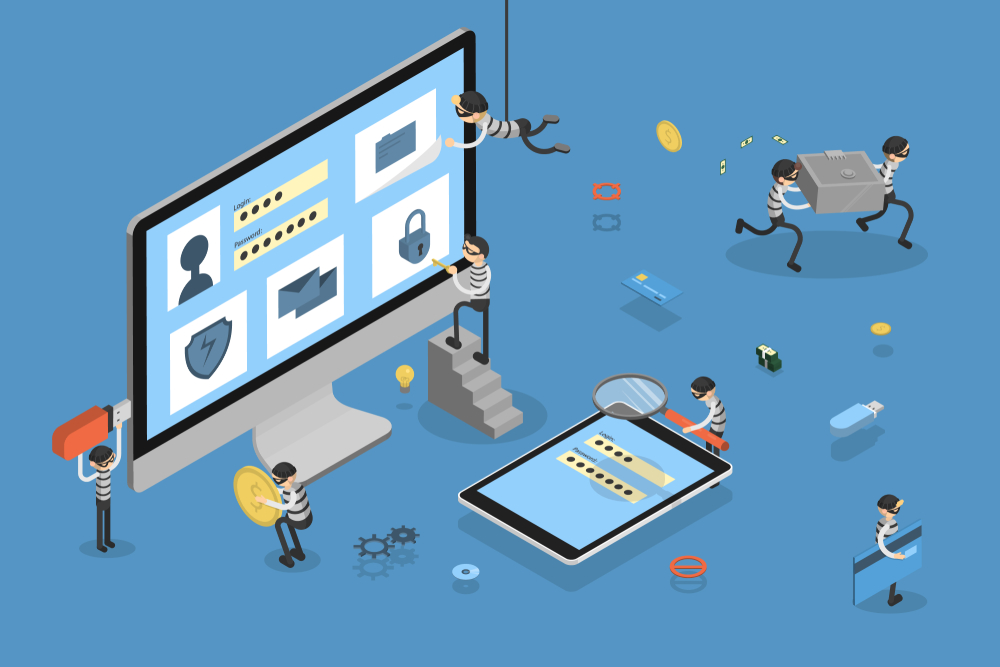Understanding the CIA Triad: The Foundation of Data Security
Introduction
In today’s digital age, where data breaches and cyberattacks are increasingly common, understanding the core principles of data security is essential. One of the most fundamental concepts in this field is the CIA Triad, which stands for Confidentiality, Integrity, and Availability. These three pillars form the foundation of data security, guiding how organizations protect, manage, and access their data. This blog will explore the CIA Triad, its importance, and how each component contributes to a robust data security strategy.
The CIA Triad: An Overview
The CIA Triad is a model designed to guide policies and procedures in the field of information security. It’s a framework that ensures any data security strategy covers all essential aspects needed to protect data effectively. Each component—Confidentiality, Integrity, and Availability—addresses a specific aspect of data security and plays a crucial role in protecting sensitive information.
Confidentiality: Keeping Data Private
Confidentiality refers to the protection of data from unauthorized access and disclosure. It ensures that sensitive information is only accessible to those who have the proper clearance or need-to-know basis.
Methods to Ensure Confidentiality:
- Encryption: Encrypting data ensures that even if unauthorized users gain access to it, they cannot understand or use it without the proper decryption key.
- Access Control: Implementing strong access controls, such as multi-factor authentication and role-based access, ensures that only authorized personnel can access sensitive data.
- Data Masking: This technique involves hiding parts of data (like social security numbers) to protect sensitive information from exposure.
By maintaining confidentiality, organizations prevent sensitive data from falling into the wrong hands, which can lead to breaches, financial loss, and reputational damage.
Integrity: Ensuring Data Accuracy and Consistency
Integrity involves maintaining the accuracy and consistency of data over its lifecycle. This means that the data remains unchanged unless altered by authorized individuals or processes. Data integrity ensures that the information is reliable and trustworthy.
Techniques to Maintain Integrity:
- Hashing: Hash functions generate a unique value (hash) based on the data. If the data is altered, the hash value will change, signaling that the data’s integrity has been compromised.
- Checksums and CRCs: These are used to verify that data has not been altered during transmission. If the data received doesn’t match the checksum, it indicates tampering or corruption.
- Version Control: Implementing version control allows tracking changes made to data and ensures that any alterations are intentional and documented.

Maintaining integrity is crucial because even small, unintended changes to data can have significant consequences, especially in financial, legal, or medical fields where accuracy is paramount.
Availability: Ensuring Access to Data When Needed
Availability ensures that data is accessible to authorized users when they need it. This component of the CIA Triad focuses on keeping systems up and running, minimizing downtime, and ensuring that users can rely on the availability of data and systems.
Strategies to Enhance Availability:
- Redundancy: Implementing backup systems, data replication, and redundant network pathways ensures that data and services remain available even if one system fails.
- Disaster Recovery Plans: Having a well-documented and tested disaster recovery plan ensures that an organization can quickly recover data and restore services after an outage or attack.
- Regular Maintenance and Updates: Regular system maintenance, patching, and updates prevent vulnerabilities that could lead to downtime or data loss.
Ensuring availability is critical for maintaining operations, particularly in industries where continuous access to data is necessary for business continuity.
The Importance of Balancing the CIA Triad
While each component of the CIA Triad is crucial, the real challenge lies in balancing all three. Overemphasizing one aspect can negatively impact the others. For instance, focusing solely on confidentiality by excessively restricting access might hinder availability, making it difficult for legitimate users to access the data they need.
Balancing Strategies:
- Risk Assessment: Conducting regular risk assessments helps in identifying which aspects of the CIA Triad need more focus at a given time. This ensures that security measures are proportionate to the risks faced.
- Holistic Security Policies: Developing comprehensive security policies that address all three components of the CIA Triad ensures a balanced approach to data security.
- Continuous Monitoring and Improvement: Security is not a one-time task. Continuous monitoring and updates to security practices are essential to maintaining a balance between confidentiality, integrity, and availability.
Real-World Applications of the CIA Triad
The CIA Triad is more than just a theoretical concept; it has real-world applications across various industries. For example:
- Healthcare: In the healthcare industry, confidentiality is paramount due to the sensitive nature of medical records. At the same time, data integrity ensures that patient records are accurate, and availability ensures that healthcare providers can access critical information during emergencies.
- Finance: In finance, integrity ensures that transaction records are accurate, preventing fraud and errors. Confidentiality protects customer information, while availability ensures that financial services are accessible to customers at all times.
Conclusion
The CIA Triad—Confidentiality, Integrity, and Availability—serves as the cornerstone of any robust data security strategy. By understanding and implementing these principles, organizations can protect their data from unauthorized access, ensure its accuracy, and keep it available to authorized users when needed. As cyber threats continue to evolve, the CIA Triad remains a fundamental guide for securing data in a digital world.
For more information on IT services and data security solutions, visit NABCO IT Services.
Data Security vs. Data Protection; For professional assistance with data security, contact us to ensure your organization is protected with the latest security measures.
Read more related articles to enhance your knowledge
What is Data Security? The Ultimate Guide
Why Data Security Matters: Protecting Your Information in a Digital World



